Home>Furniture>Living Room Furniture>What Are The Best Sofa Cushions Made From
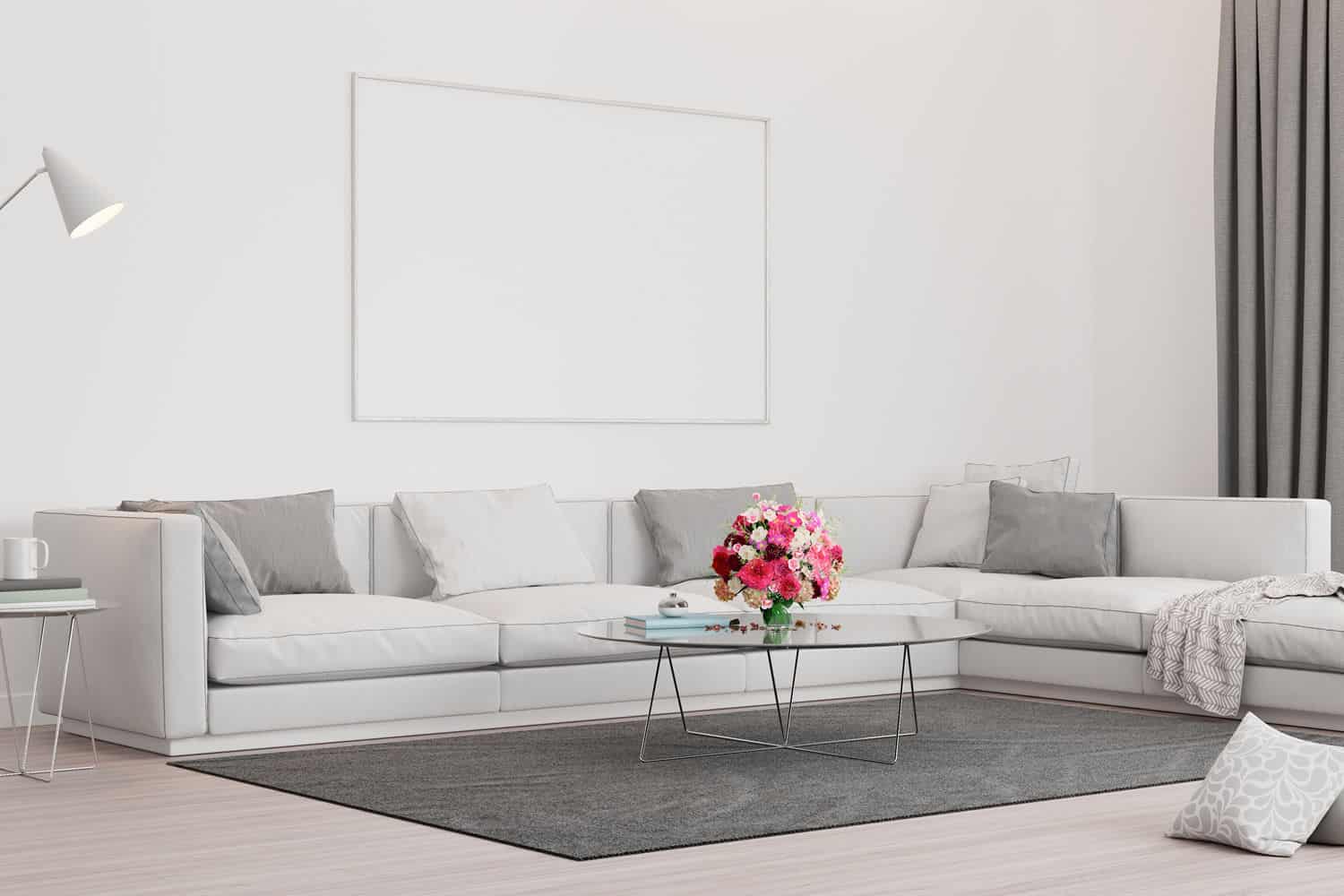

Living Room Furniture
What Are The Best Sofa Cushions Made From
Modified: March 16, 2024
Discover the top sofa cushion materials for your living room furniture. Find out which materials offer the best comfort and durability for your seating needs.
(Many of the links in this article redirect to a specific reviewed product. Your purchase of these products through affiliate links helps to generate commission for Storables.com, at no extra cost. Learn more)
Introduction
When it comes to choosing the perfect sofa, one important factor to consider is the type of cushions it has. The cushions can make a significant difference in the comfort and durability of the sofa. With a wide range of options available, it can be overwhelming to decide which type of cushions to go for.
In this article, we will explore some of the best sofa cushion materials and provide valuable insights to help you make an informed decision. Whether you prioritize comfort, longevity, or affordability, understanding the various cushion options will ensure you select the best fit for your living room.
Now, let’s dive into the different types of sofa cushions and discover their unique features and benefits.
Key Takeaways:
- Foam cushions offer durability and support, with options like polyurethane, high-resilience, and memory foam for varying levels of firmness and comfort. Regular maintenance can prolong their lifespan.
- Down and feather cushions provide a luxurious and plush seating experience, requiring regular fluffing and maintenance to maintain their shape and loftiness. They offer ultimate comfort but may not provide the same level of support as other materials.
Read more: How To Keep Sofa Cushions From Sagging
Foam Cushions
Foam cushions are a popular choice for many homeowners due to their durability and support. They are made from polyurethane foam, which can be of varying densities. Higher density foam provides firmer support, while lower density foam offers a softer feel.
One of the advantages of foam cushions is their ability to retain their shape over time. They bounce back after being compressed, ensuring long-lasting comfort. Foam cushions also provide excellent support for your body, relieving pressure points and promoting good posture.
There are different types of foam cushions available, each with its own features. Let’s take a look at some of the most common ones:
- Polyurethane Foam: This is the most basic type of foam cushion. It provides decent support and is a cost-effective option. However, it may not offer the same level of durability as other foam types.
- High-Resilience Foam: This type of foam is known for its superior quality and durability. It has an open-cell structure that allows air to circulate, keeping the cushion cool. High-resilience foam cushions are highly resilient and can withstand regular use without losing their shape.
- Memory Foam: Memory foam cushions are renowned for their exceptional comfort and pressure-relieving properties. They contour to the shape of your body, providing customized support. These cushions are especially beneficial for individuals with joint or back pain.
When choosing foam cushions, it’s essential to consider the foam density. Higher density foam is more durable and provides firmer support, while lower density foam offers a softer and more plush feel. The ideal density will depend on your personal preference and the level of support you desire.
Overall, foam cushions are a reliable and popular choice for their durability, support, and ability to retain their shape. However, it’s important to note that they may be more susceptible to wear and tear over time compared to other cushion materials. Regular fluffing and rotating of the cushions can help prolong their lifespan.
Now that we’ve explored foam cushions, let’s move on to the next type: down and feather cushions.
Down and Feather Cushions
Down and feather cushions are known for their luxurious feel and softness. These cushions are filled with a combination of down and feathers, providing a plush and inviting seating experience.
Down is the fine layer of insulation found beneath the outer feathers of birds, typically from ducks or geese. It is exceptionally soft and lightweight, offering a cloud-like feel. Feather, on the other hand, provides structure and support to the cushions. The combination of down and feather creates a balance between plush comfort and necessary firmness.
One of the key advantages of down and feather cushions is their ability to conform to the body’s contours, providing a personalized and comfortable seating experience. They offer excellent insulation, making them suitable for colder climates. Down and feather cushions also have good breathability, allowing air to circulate and prevent overheating.
While down and feather cushions are incredibly cozy, it’s important to note that they require regular fluffing and maintenance to maintain their shape and loftiness. They may flatten over time with extended use, and occasional plumping is necessary to restore their fullness.
It’s also worth mentioning that some individuals may have allergies to down or feathers. In such cases, it’s advisable to opt for alternative cushion materials or look for hypoallergenic down and feather options that have undergone special treatment to remove allergens.
Down and feather cushions are an excellent choice if you prioritize ultimate comfort and a luxurious feel. Their softness and ability to conform to your body make them a popular choice for lounging and relaxation. However, they may not offer the same level of support as other cushion materials.
Now that we’ve explored down and feather cushions, let’s move on to the next type: polyester cushions.
Polyester Cushions
Polyester cushions are a practical and budget-friendly option for those seeking comfort and affordability. They are made from synthetic polyester fibers that are known for their durability and low maintenance.
One of the advantages of polyester cushions is their resilience and ability to withstand regular use without losing their shape. They provide a medium level of firmness, offering a balanced combination of support and comfort.
Polyester cushions are also highly resistant to stains and fading, making them easy to clean and maintain. They are an excellent choice for households with children or pets, as spills and accidents can be easily wiped away without leaving permanent marks.
Additionally, polyester cushions are hypoallergenic, making them a suitable option for individuals with allergies. They do not attract dust mites or other common allergens, providing a healthier and more comfortable seating experience.
However, it’s important to note that polyester cushions may not offer the same level of breathability as other cushion materials. They can retain heat, especially in warmer climates or during extended periods of use. It’s recommended to use polyester cushions in well-ventilated spaces or with the addition of breathable covers.
Another consideration is that polyester cushions may not provide the same level of softness and plushness as down or foam cushions. They offer a firmer feel that some individuals may find less comfortable for extended periods of sitting or relaxation.
Overall, polyester cushions are a practical and budget-friendly option for those seeking durability, easy maintenance, and resistance to stains. They may not provide the same level of plush comfort as other cushion materials, but they offer a reliable choice for everyday seating.
Now that we’ve explored polyester cushions, let’s move on to the next type: memory foam cushions.
The best sofa cushions are typically made from high-density foam or down/feather fill for a balance of support and comfort. Consider your personal preference and budget when choosing the right cushion material for your sofa.
Memory Foam Cushions
Memory foam cushions have gained immense popularity in recent years due to their exceptional comfort and support. Made from a specialized viscoelastic material, memory foam cushions contour to the body’s shape, providing personalized support to every individual.
The unique feature of memory foam is its ability to respond to body heat and pressure. As you sit on a memory foam cushion, it molds to the curves of your body, allowing for optimal weight distribution and reducing pressure points.
One of the primary benefits of memory foam cushions is their ability to relieve pain and discomfort. They are particularly advantageous for individuals with joint pain, backaches, or other orthopedic conditions. The contouring properties of memory foam promote proper spinal alignment and alleviate pressure on sensitive areas.
Memory foam cushions also have excellent motion isolation properties, making them a great choice for shared sofas or living spaces. They absorb and minimize movements, ensuring undisturbed comfort for you and your companions.
Another advantage of memory foam is its durability. High-quality memory foam cushions can retain their shape and support for many years, making them a long-lasting investment. However, it’s important to ensure that the density of the memory foam is suitable for your needs. Higher density foam offers enhanced durability and support, while lower density foam may feel softer but may not provide as much longevity.
A potential drawback of memory foam cushions is their heat retention properties. Memory foam tends to trap body heat, which can make the cushions feel warm, especially in hot climates or extended periods of use. However, advancements in technology have led to the development of more breathable memory foam cushions, incorporating cooling gel or ventilation channels to mitigate this issue.
In summary, memory foam cushions are highly regarded for their ability to provide personalized comfort, pressure relief, and excellent support. They are an ideal choice for individuals with specific ergonomic needs or those looking for superior comfort during extended sitting periods.
Now that we’ve explored memory foam cushions, let’s move on to the next type: combination cushions.
Read more: What Cushions Go With Beige Sofa
Combination Cushions
Combination cushions offer the best of both worlds by combining different cushion materials to create a well-rounded seating experience. These cushions typically consist of a combination of foam, down or feathers, and other materials to maximize comfort, support, and durability.
By incorporating multiple materials, combination cushions can cater to a wide range of preferences. For example, a combination cushion might have a foam core for support, surrounded by a layer of down or feathers for added softness and comfort.
One of the key advantages of combination cushions is their ability to provide both support and plushness. The foam core offers stability and resilience, while the down or feather layer adds a luxurious and cozy feel. The combination of materials ensures a balanced seating experience, accommodating a variety of seating preferences.
Combination cushions can be customized to suit individual needs. Different ratios of foam to down or feathers can be used to achieve the desired level of support and softness. This flexibility allows homeowners to find the perfect combination that suits their preference and comfort level.
Furthermore, combination cushions often include additional materials like polyester fibers or synthetic fillings, enhancing the overall durability and resilience. These materials help to maintain the shape and prolong the lifespan of the cushions.
While combination cushions offer a great balance of support and comfort, they may come at a higher price point compared to single-material cushions. The combination of high-quality materials and craftsmanship contributes to their superior performance and longevity.
It’s important to note that combination cushions may require periodic fluffing and maintenance to ensure the materials are evenly distributed and maintain their shape. This can help prevent any uneven wear or flattening, ensuring the cushions retain their optimal comfort over time.
Overall, combination cushions provide the versatility to cater to different needs and preferences. They offer a harmonious blend of support and softness, making them an excellent choice for those seeking a well-rounded seating experience.
Now that we’ve explored combination cushions, let’s move on to the concluding section.
Conclusion
Choosing the right cushions for your sofa is crucial for creating a comfortable and inviting living room. The different types of sofa cushions each have their own unique features and benefits, allowing you to find the perfect fit for your preferences and needs.
Foam cushions provide durability and support, with options such as polyurethane foam, high-resilience foam, and memory foam to cater to various levels of firmness and comfort.
Down and feather cushions offer a luxurious and plush seating experience, molding to your body’s contours for ultimate comfort. Regular fluffing and maintenance are necessary to maintain their shape and loftiness.
Polyester cushions are a practical and affordable option, providing resilience, resistance to stains, and hypoallergenic properties. However, they may not offer the same level of breathability or plushness as other materials.
Memory foam cushions excel in personalized comfort, pressure relief, and support. They are particularly advantageous for individuals with joint or back pain, although they may retain heat and require advanced ventilation for improved breathability.
Combination cushions combine different materials to achieve a balanced seating experience, catering to both support and softness. They offer versatility and the ability to customize the cushion’s composition based on individual preferences.
When selecting the best sofa cushions, consider your desired level of comfort, durability, and maintenance requirements. Take into account factors such as cushion density, breathability, and any specific ergonomic needs.
Remember to regularly maintain and care for your cushions to ensure they remain in optimal condition for years to come. Fluffing, rotating, and spot cleaning as necessary will help extend their lifespan and keep them looking and feeling their best.
By understanding the different types of sofa cushions available and considering your personal preferences, you can make an informed decision and create a cozy and comfortable living room space that reflects your style and needs.
Frequently Asked Questions about What Are The Best Sofa Cushions Made From
Was this page helpful?
At Storables.com, we guarantee accurate and reliable information. Our content, validated by Expert Board Contributors, is crafted following stringent Editorial Policies. We're committed to providing you with well-researched, expert-backed insights for all your informational needs.
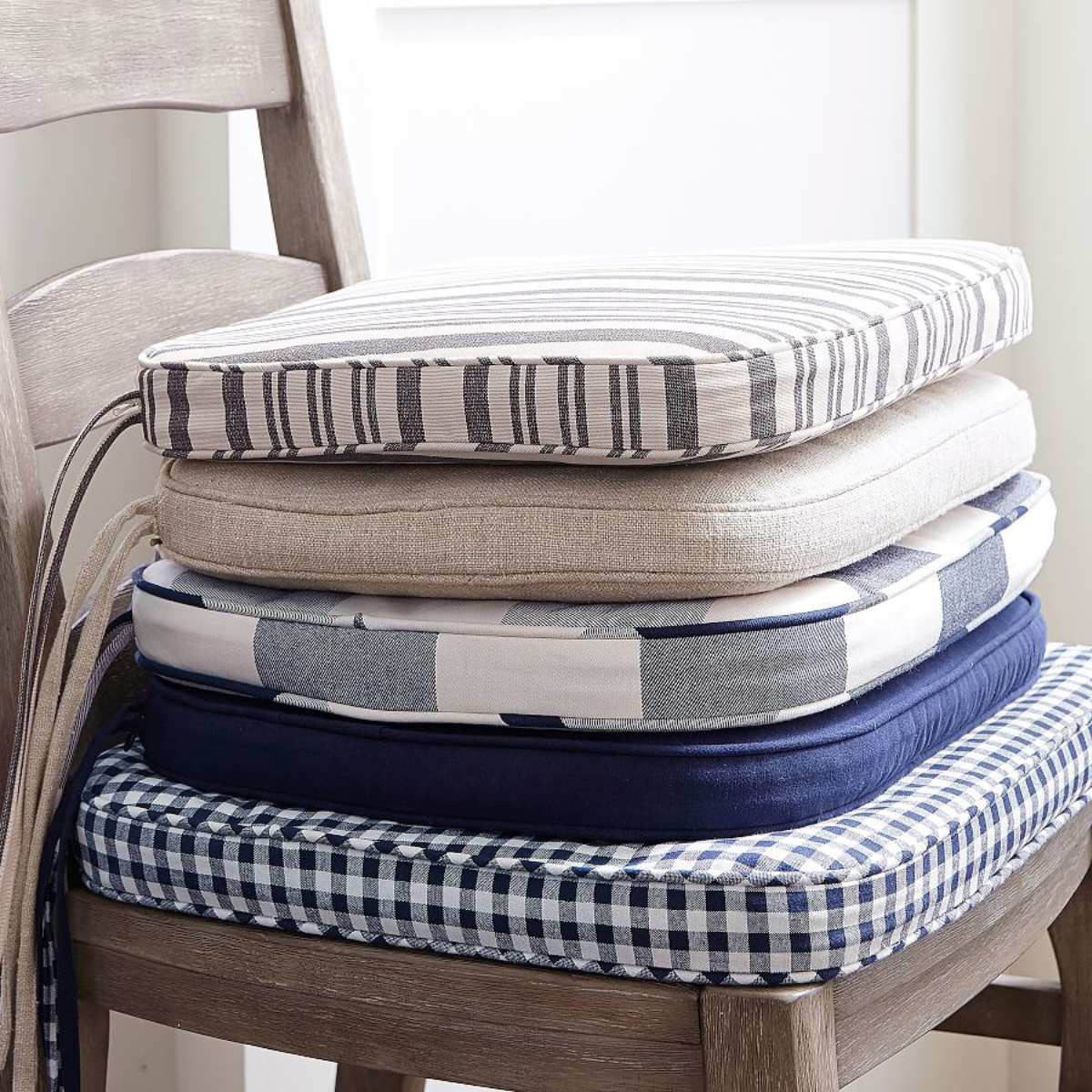
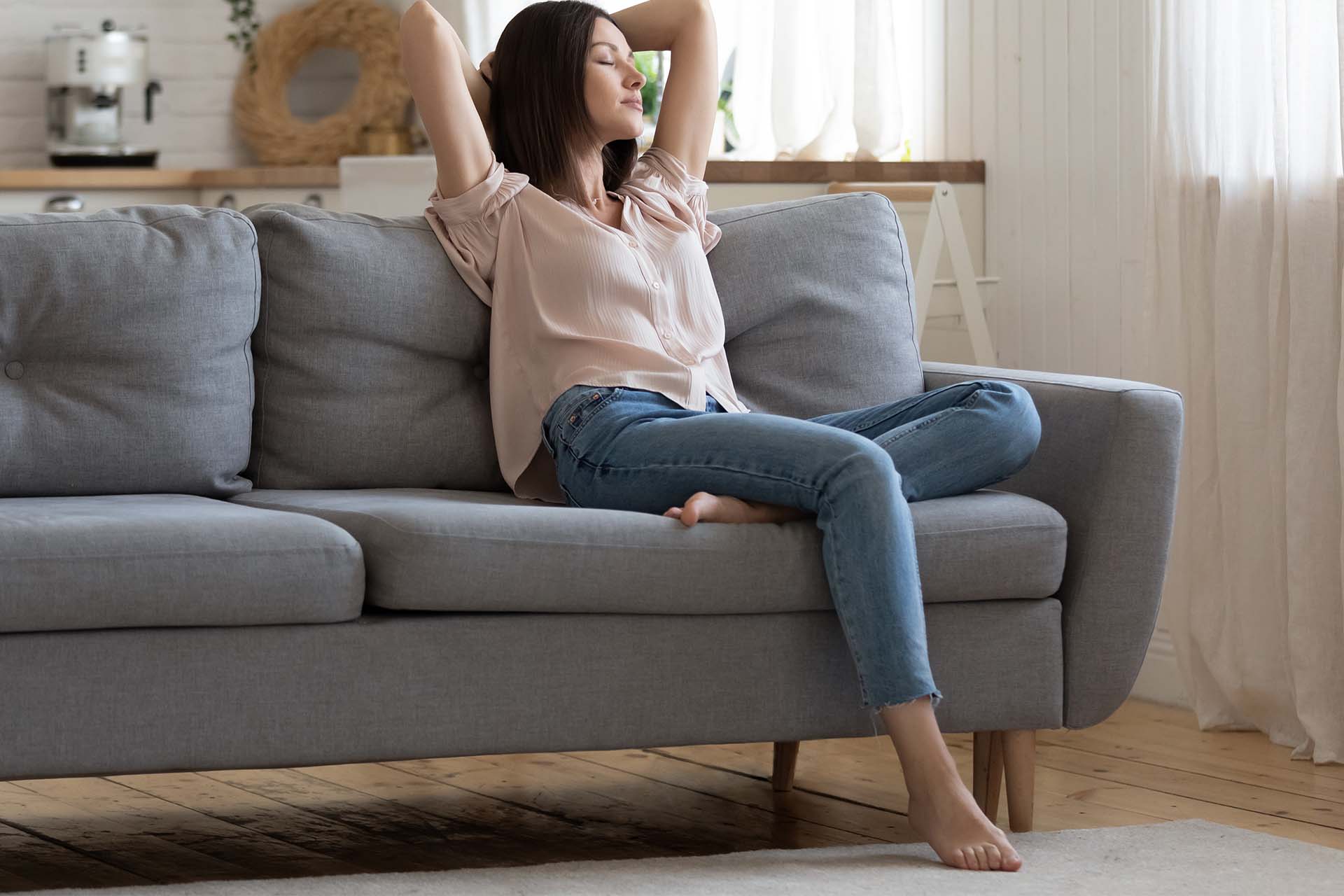
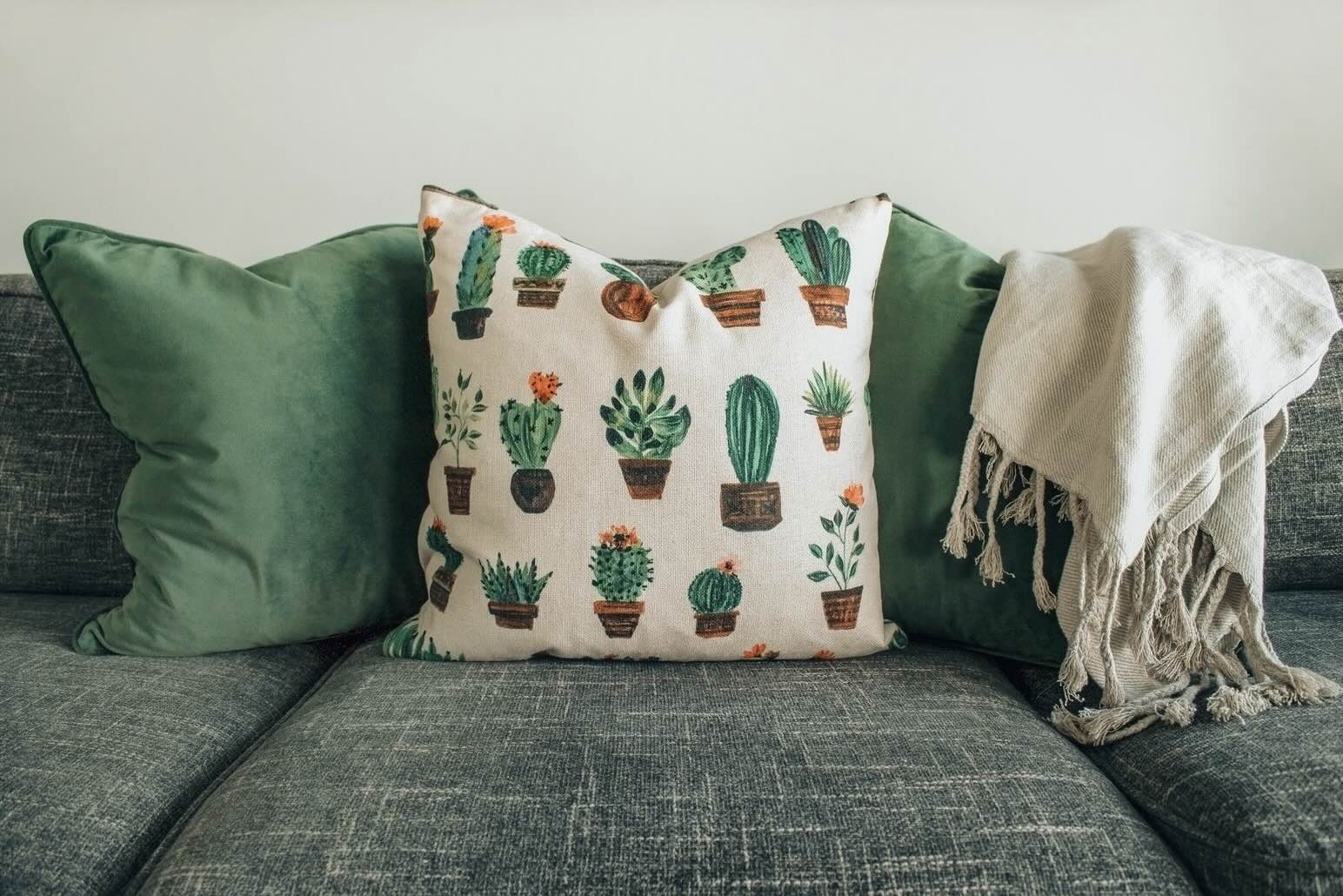

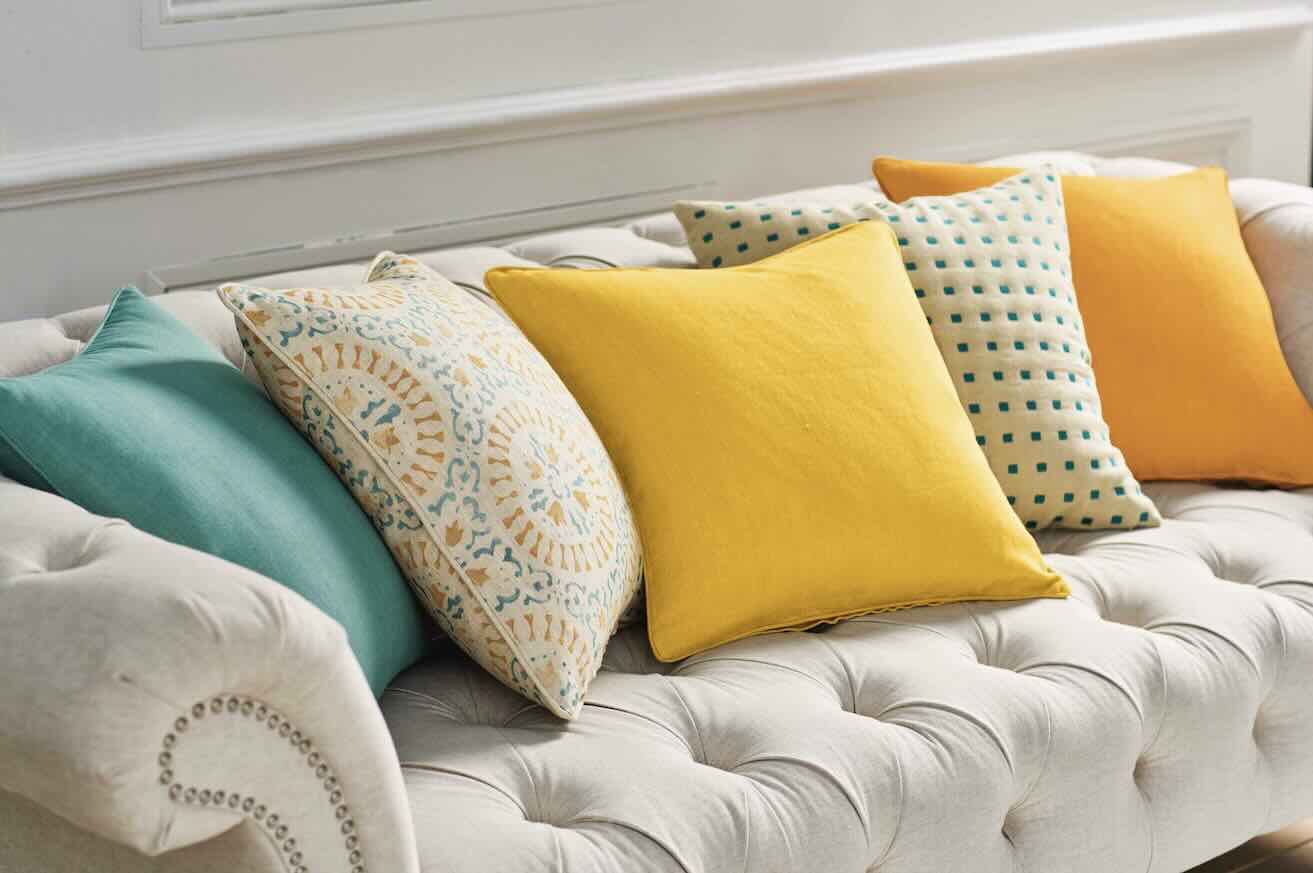
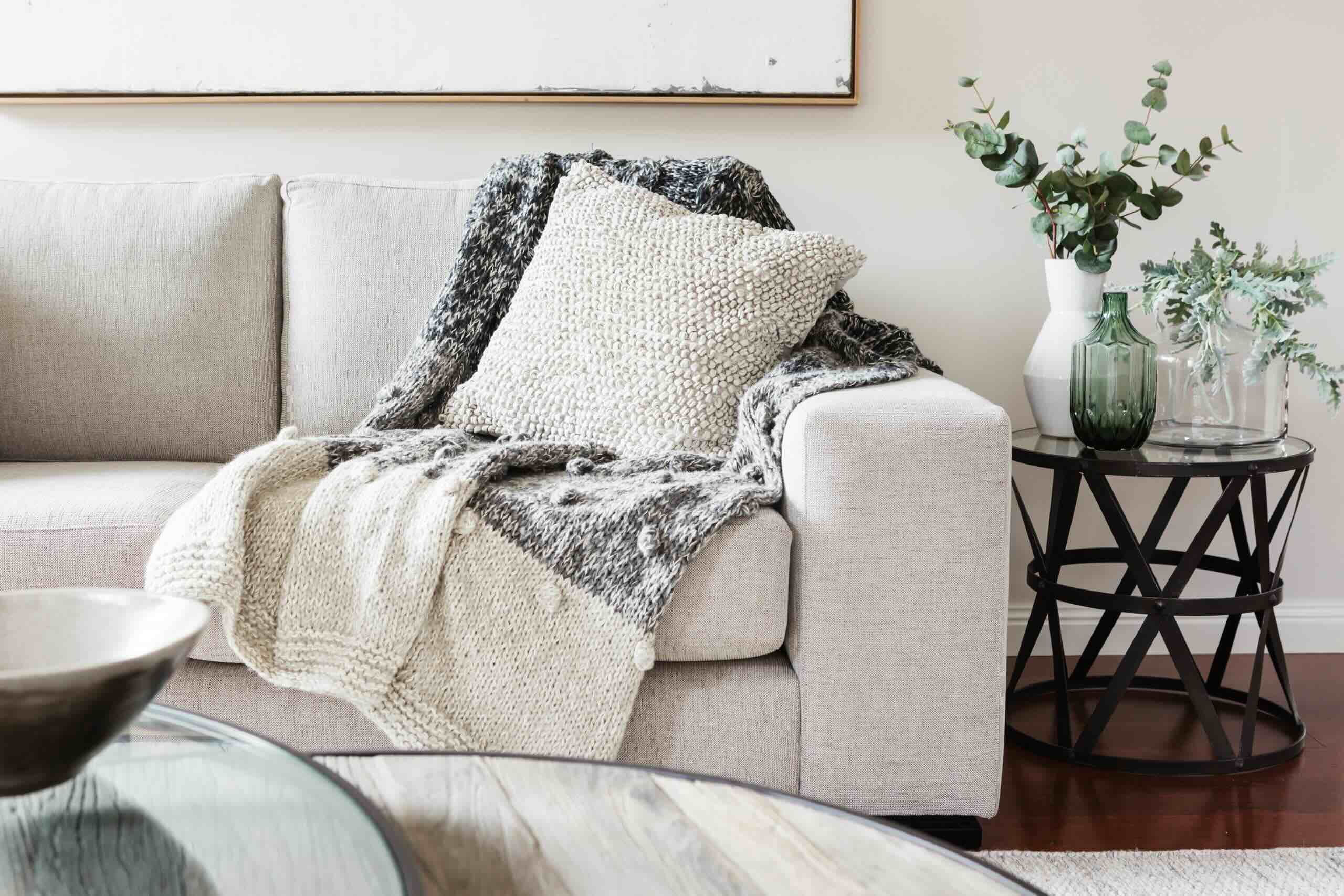
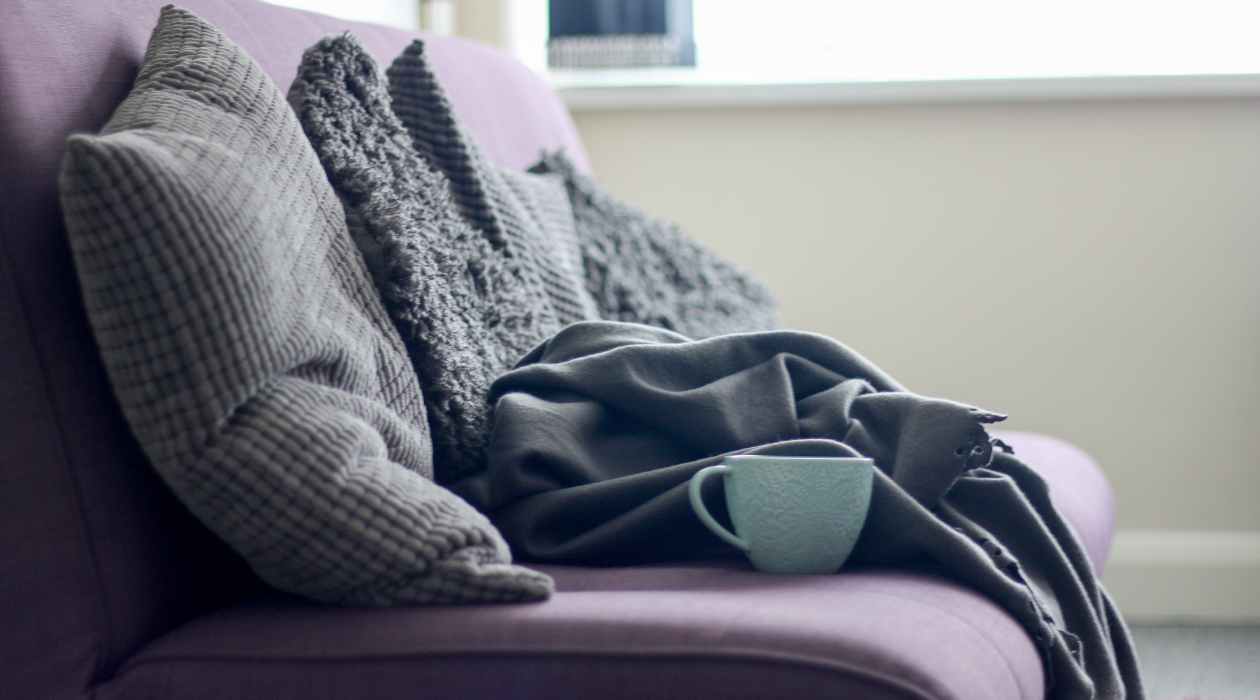
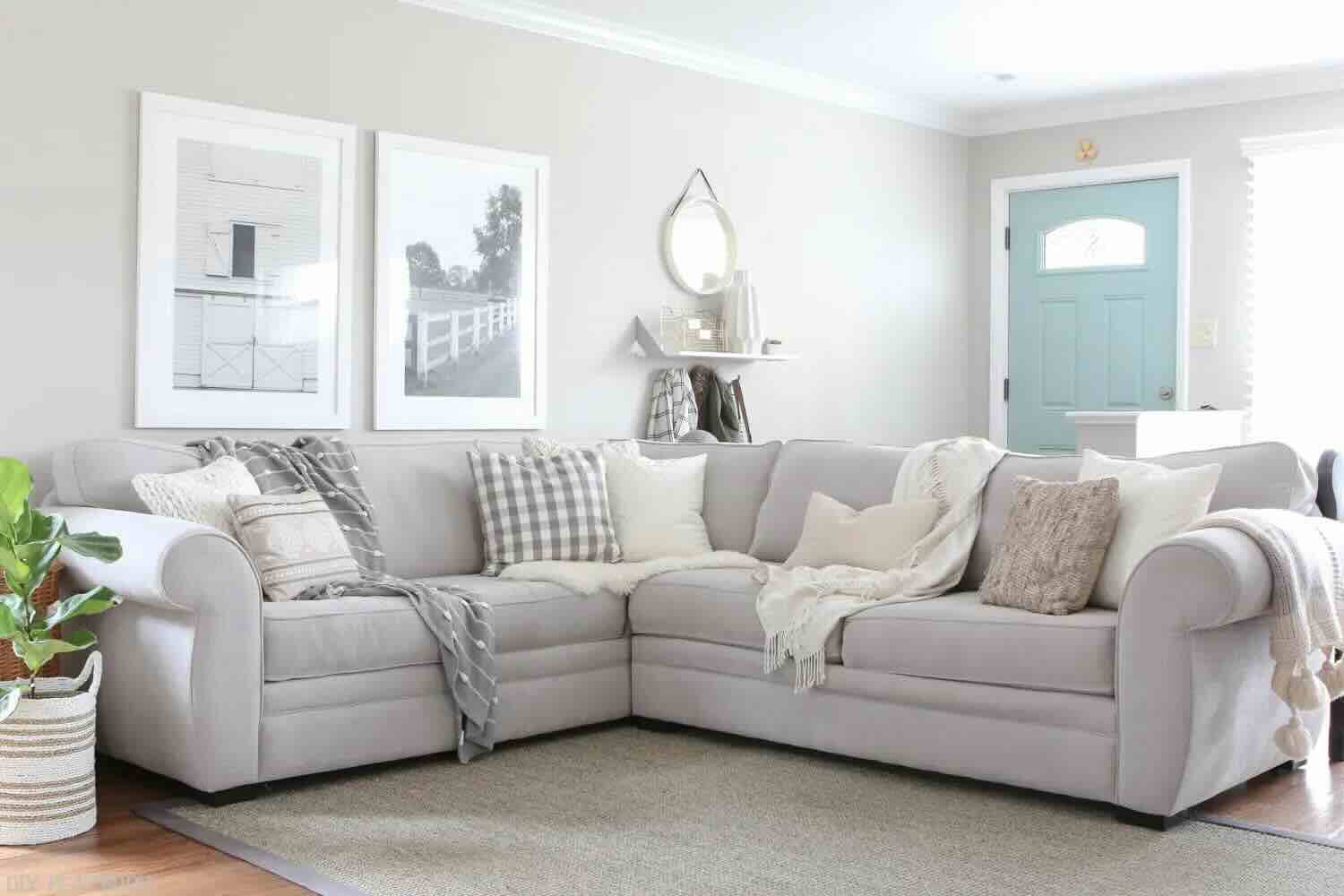
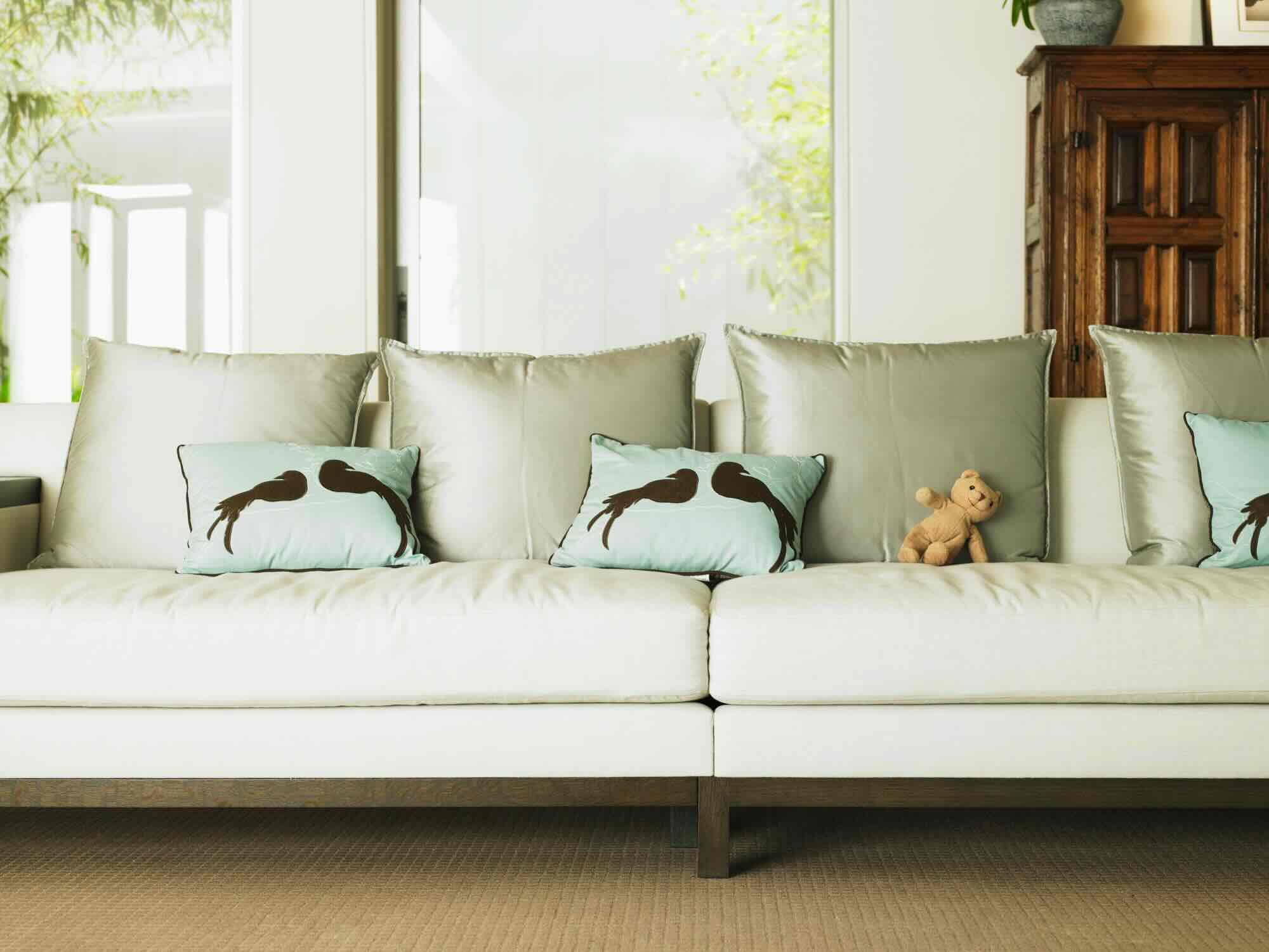
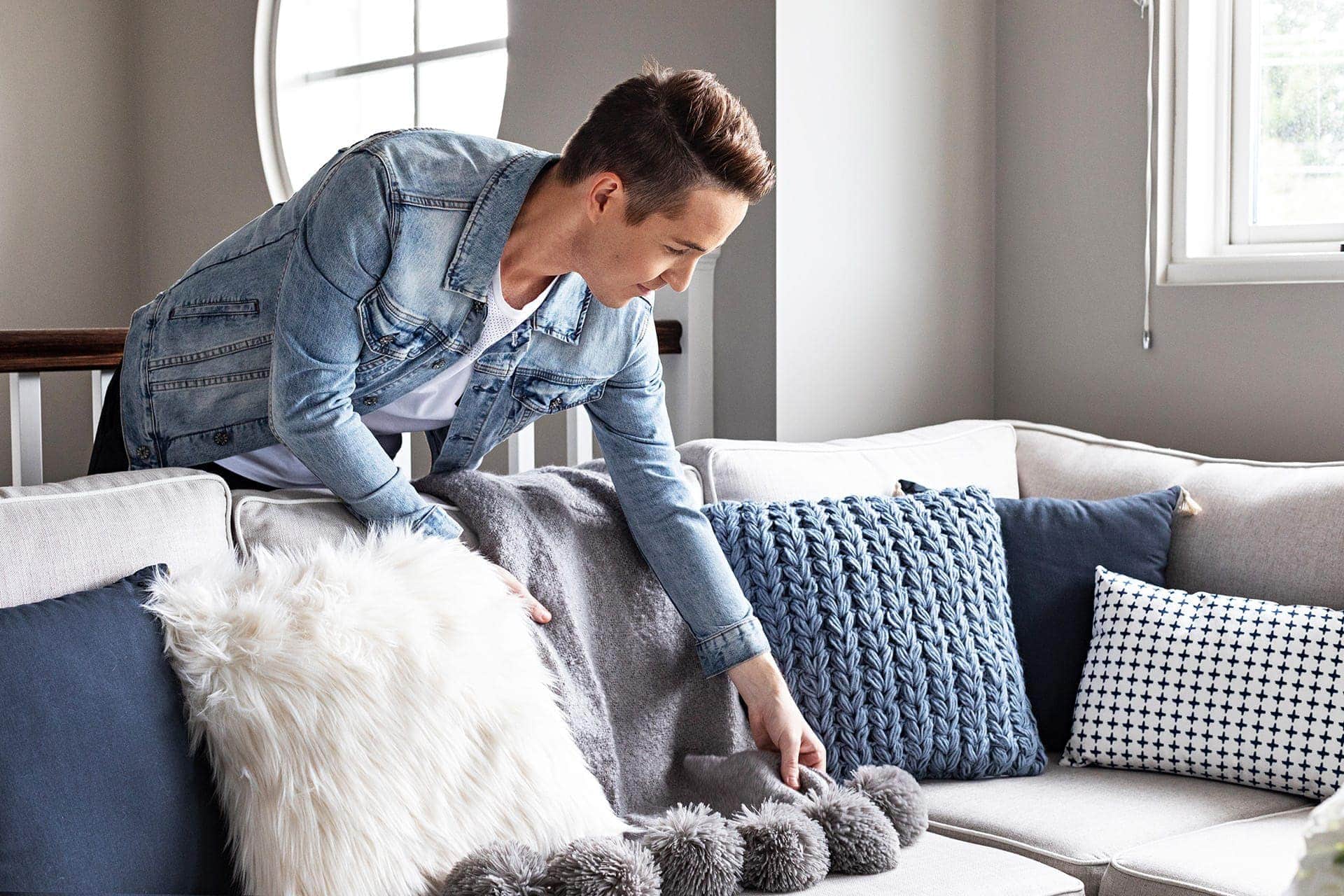
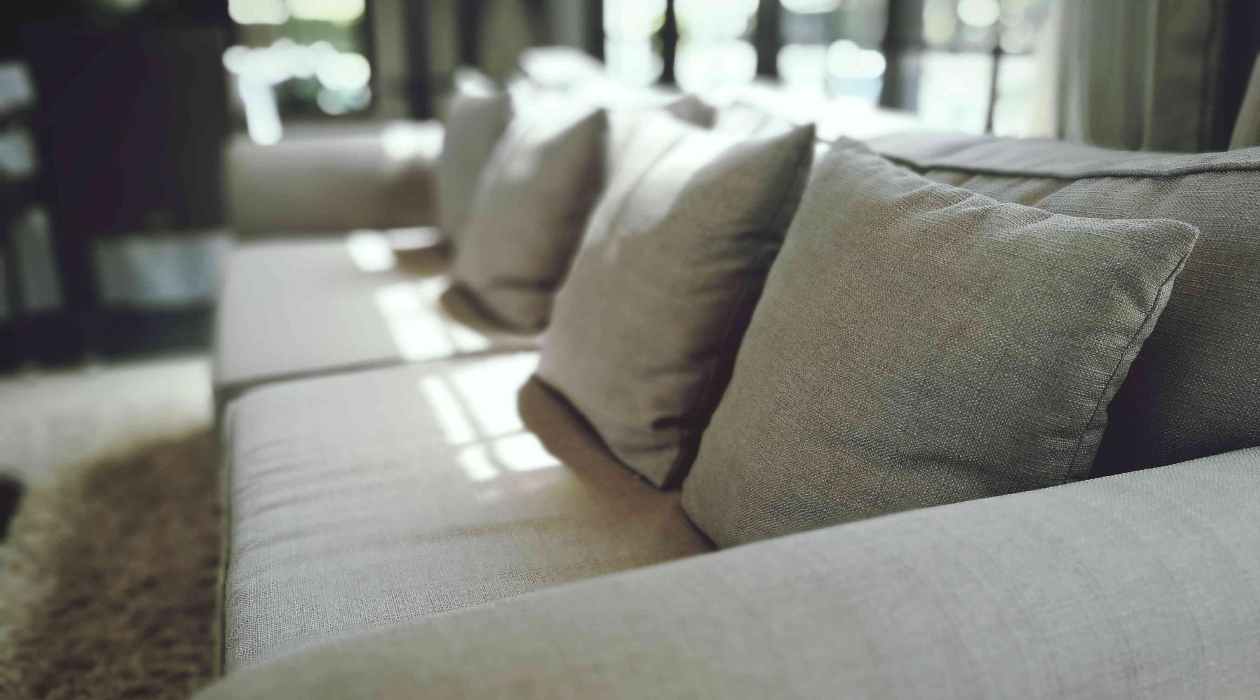
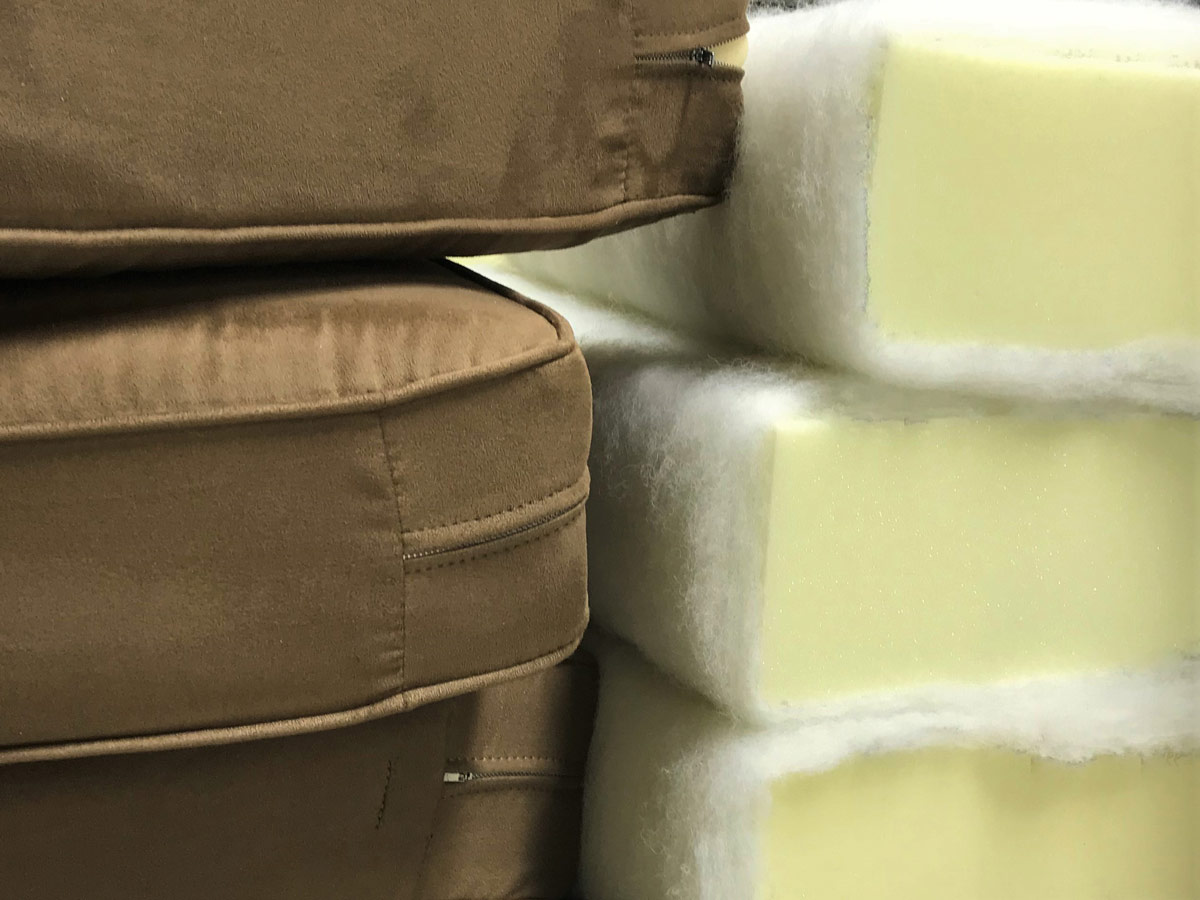

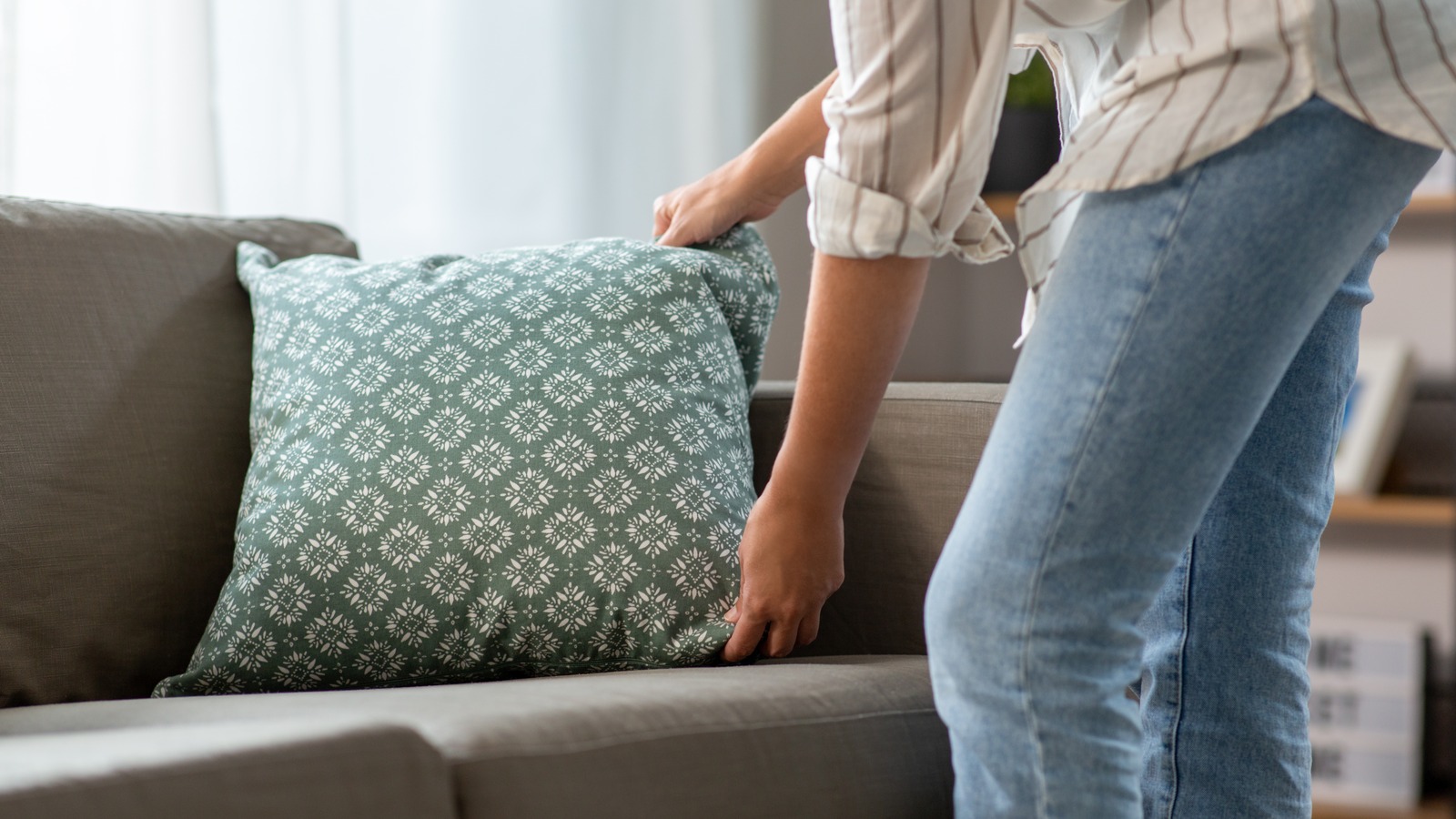

0 thoughts on “What Are The Best Sofa Cushions Made From”